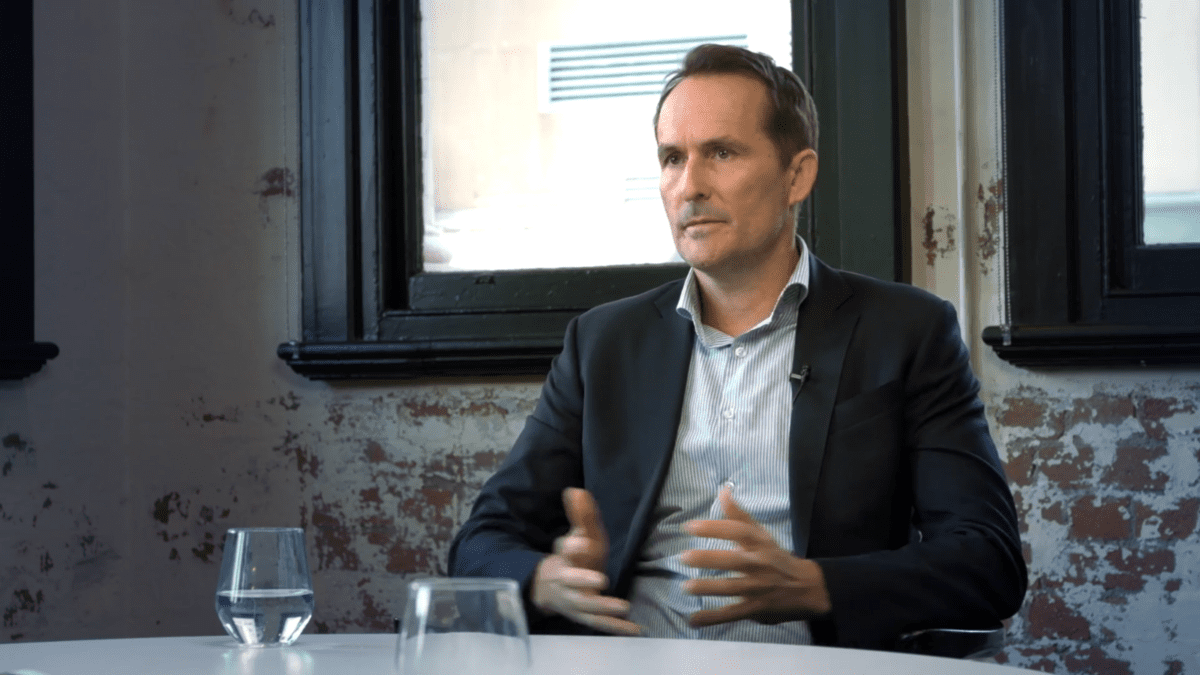‘Best entry point in asset class history’ for SSLs: Invesco
It’s a once-in-a-generation investment window, but it won’t last forever, according to Invesco Australia head of investment strategy Ashley O’Connor.
The respected fund manager believes a confluence of factors contribute to the secured loan market being one of the best opportunities of 2023.
Speaking on a recent Australian Investors Podcast session, O’Connor (pictured) detailed how the asset class is currently being bought at about 92 cents in the dollar, which already prices in the kind of dramatic losses seen in 2008 when the GFC shook markets round the world.
In terms of risk, defaults across the approximate 1,500 large corporates Invesco’s SSL products invest in are significantly lower than the price point would indicate, he explained.
“Markets are pricing in the order of 6 to 8 per cent defaults,” O’Connor said. “And yet, over the last 12 to 18 months defaults have been about point 0.2 to 0.3 per cent, [which] are way below that 2.5 per cent average. Sure, we expect defaults to go up to that sort of 2 to 3 per cent long-term average, but that’s more than already priced in to the market.”
As they are floating rate and the income they generate typically rises with interest rates, the Reserve Bank of Australia’s recent push to curb inflation by increasing the cash rate is also a good sign for SSLs.
“You’ve got 7 per cent per annum income that’s growing with rate rises, and there’s about 150 basis points of rate rises that are still expected to come through that you’d benefit from,” he said.
On February 7 the RBA raised interest rates to 3.35 per cent, a record ninth consecutive increase.
Just by combining the risk and income profile for the near future alone, O’Connor said, you get an attractive entry-point window for SSL investments.
But it’s the very nature of SSLs that make them inherently useful in a diversified portfolio, he said.
As senior secured loans essentially provide credit to large corporates (mainly in the US and Europe) they are at the top of the capital structure, meaning they are backed by the company’s assets. “And that’s in contrast to equities, where you’re at the lowest or riskiest part of the capital structure and not backed by the company’s assets.”
The upshot, here, is that investors generally have a better shot of not only earning their regular income payments, but seeing the investment through to the end of term and recouping the initial payment. Or, as O’Connor put it, “investing at a different part of the capital structure to get a different outcome”.
“As an equities investor, you’re getting higher total returns [and] more volatility. As a senior school loan investor, you’re getting stable monthly income, [yet] much lower volatility.
“So from a risk-adjusted perspective, it feels like a really solid yield, with senior secured status in a proven low-volatility asset class that that has good protections,” he said. “If the entry point was $1, then it’d be different situation, but at 92 cents I think that’s a really compelling risk-adjusted return opportunity over the next, say, 12-18 months to three years.”










